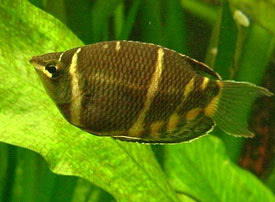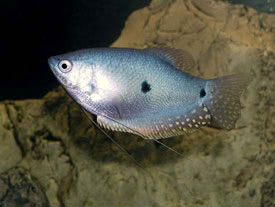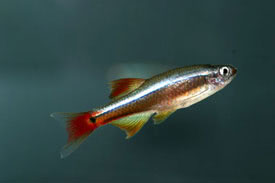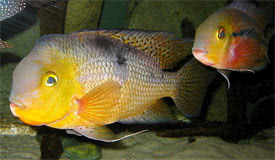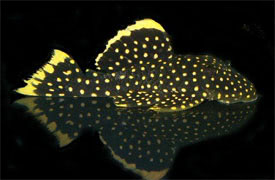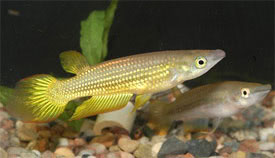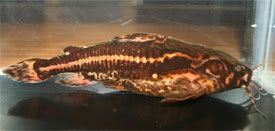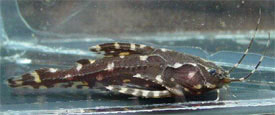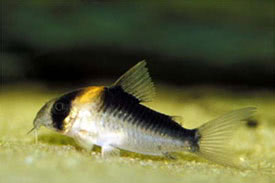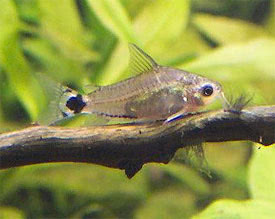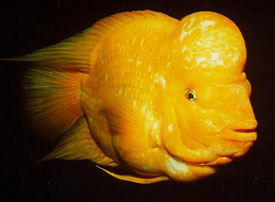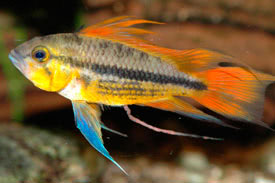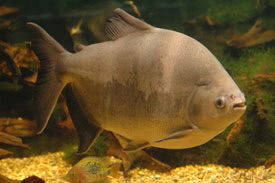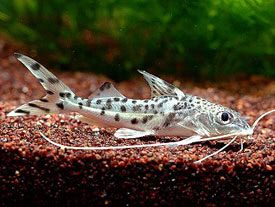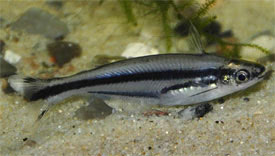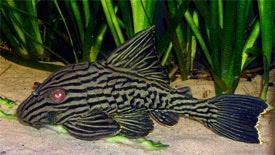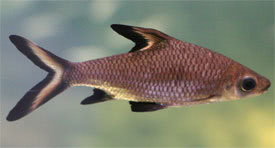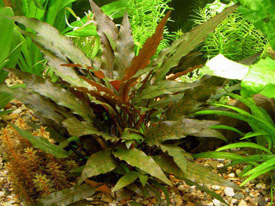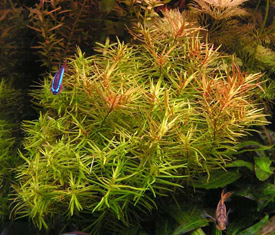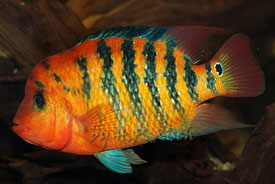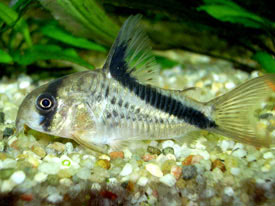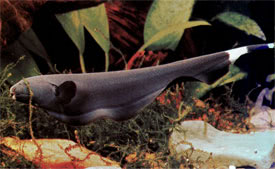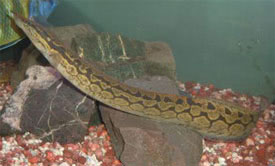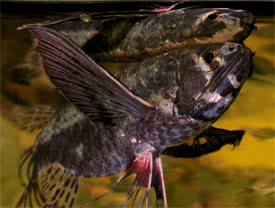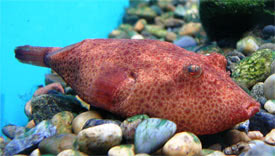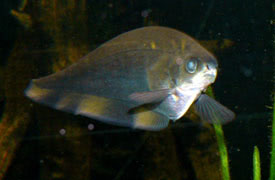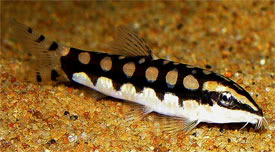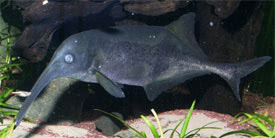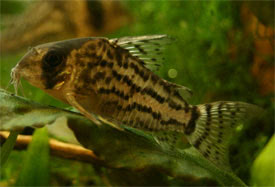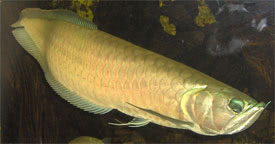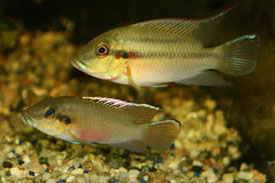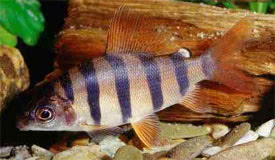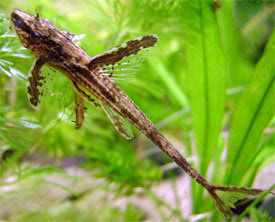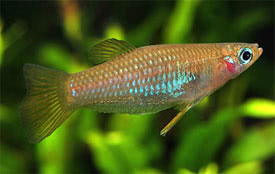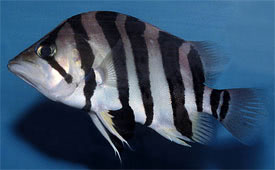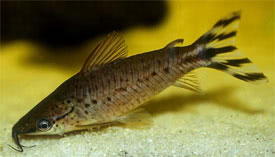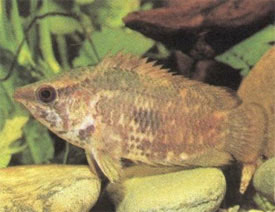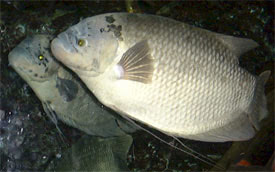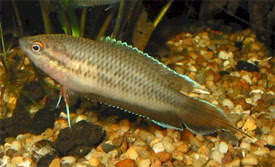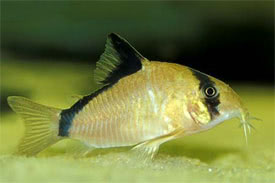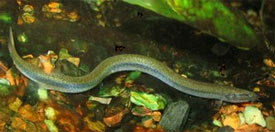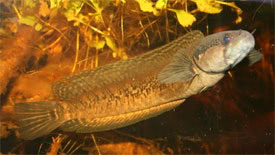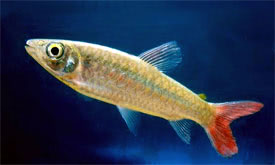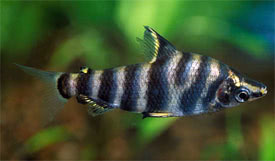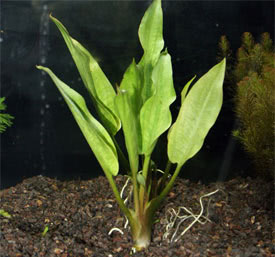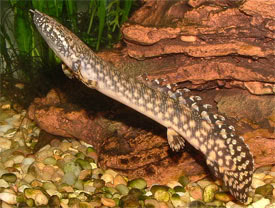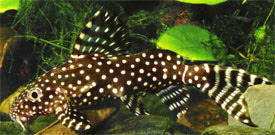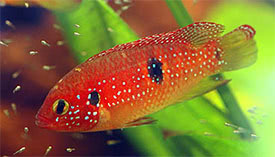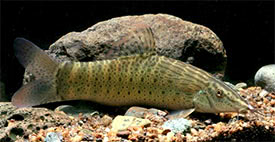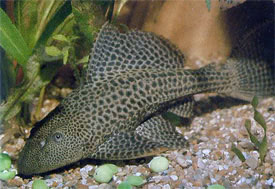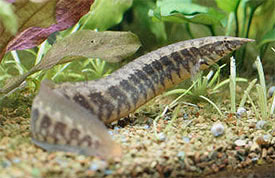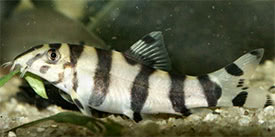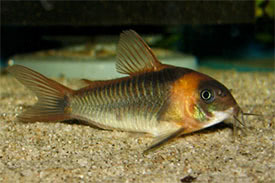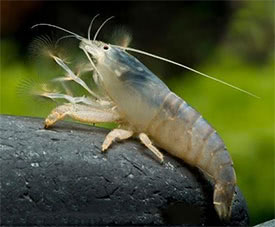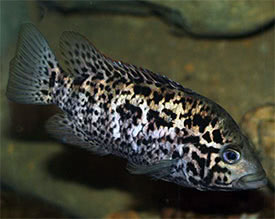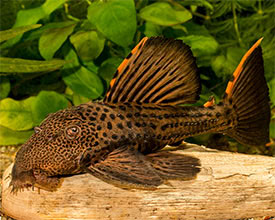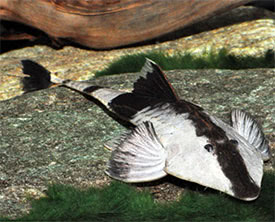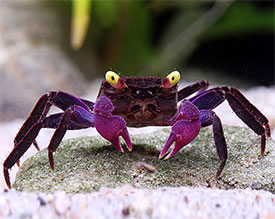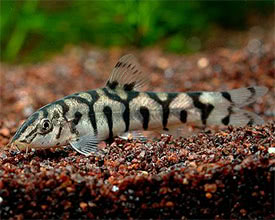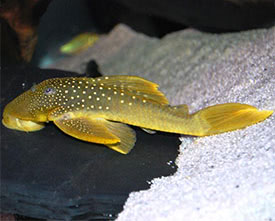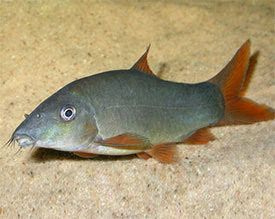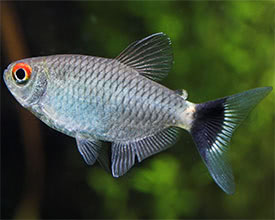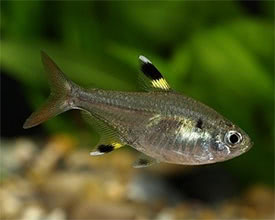
 Magyarul / Hungarian
Magyarul / Hungarian
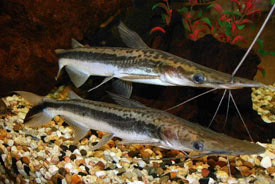
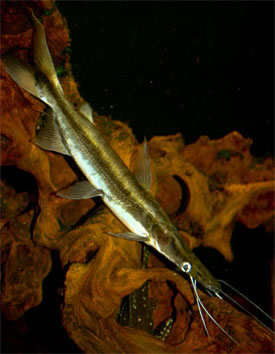
- Scientific name: Sorubim lima
- Synonyms: Platystoma lima, Platystoma luceri, Silurus lima, Sorubim latirostris
- Common name: Shovelnose Catfish, Duckbill Catfish, Duck-beak Catfish, Hockey Stick Catfish, Lima Shovelnose
- Group: Catfishes
- Habitat: South America; Venezuela, Ecuador, Colombia, Peru, Brazil, Bolivia, Paraguay, Uruguay and Argentina.
- Size: 40-50 cm, usually smaller in aquaria.
- Biotope: Inhabits fast-flowing rivers and also in lakes, usually in turbid water, over soft muddy or sandy substrates.
- Social behavior: Peaceful, but will eat smaller fishes. Combine only with other large, hardy fish. Can be kept in groups or singly.
- Diet: Carnivorous, all types of live foods: erthworms, mussels, small fishes, crustaceans. Also take care not to overfeed them. An adult specimen need only be fed 2-3 times a week.
- Breeding: Not successful in an aquarium
- Tank: Minimum 500 litres
- Population: 2-3 fish for 1000 litres
- Decoration: Needs a large, shallow tank, with sandy substrate. Decorate the tank with some decent-sized roots and branches, and arrange them to form some dark hiding places. Maintaining a relatively high level of dissolved oxygen is also important.
- Temperature: 23-30 °C
- pH: 6.5-7.8
- Hardness: 1-20 NK°
- Lifespan: 15 years
Description: This catfish has an elongated body and a long snout. Its mouth is large and looks like a duck-bill. The base color of this catfish is silver-grey, and the belly is white. A thick dark brown to black line extends the length of the body, from the end of the snout to the tip of the tail. The fins are transparent. Three pair of long barbels extend from the snout. Juveniles more heavily pigmented than adults. They like to swim in a typical vertical posture, with the head pointing down and caudal fin up. This is thought to be a form of camouflage, during hunting in the wild. Lima Shovelnose's are surprisingly sociable for a large catfish and groups of them will happily coexist as long as their tank is large enough. It is an important food fish in its natural habitat.
The Lima shovel nose has not been bred in captivity. In nature they breed seasonally. A pair will dig a crater-like nest from the substrate into which the eggs are deposited and fertilised. Afetr that they continue to guard the brood until the fry hatch. The digging of these pits and even the laying and hatching of eggs has been observed in an aquarium, but no fry have been raised.















